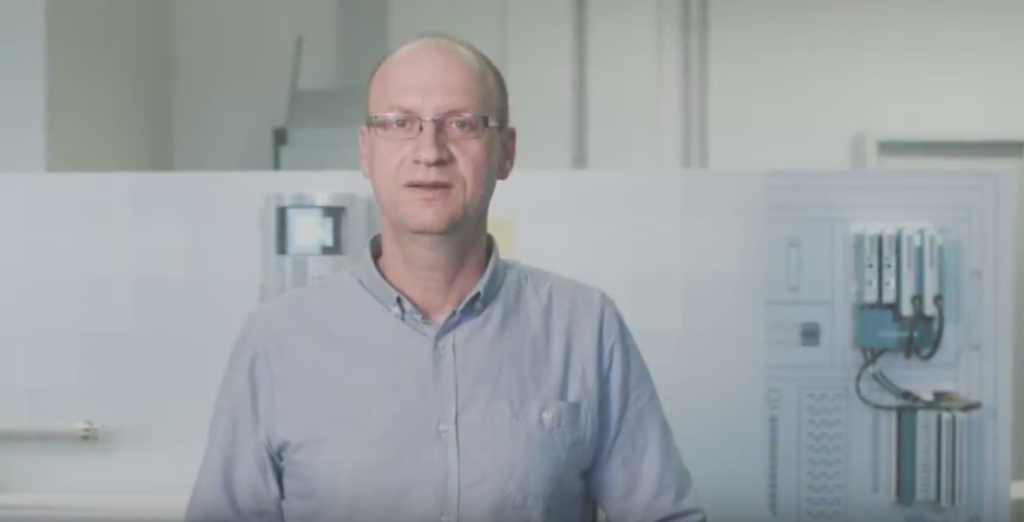In almost any chemical production facility, various substances frequently have to be stored temporarily in tanks or tank farms. Depending on the chemical substance involved, this circumstance can sometimes entail a risk of explosion. Elementary protection must, therefore, be provided to rule out the possibility of an explosion. Ideally, this protection should prevent an explosive gas mixture from forming in the tank’s gas phase in the first place. This can be achieved by inserting the gas phase by blanketing it with nitrogen.
Oxygen content measurement may be required
This generally means nitrogen is blown in by means of mechanical pressure reduction and pressure relief valve so that nitrogen overpressure of approximately 25 to 35 mbar is maintained in the gas system. In the past, people relied on the equipment functioning correctly and, at best, only measured overpressure. The idea was to ensure a degree of certainty that everything would work as planned. However, in these times of ever stricter safety and security requirements, this is no longer adequate when carrying out a safety assessment. Instead, measuring the actual oxygen content is essential – especially if the equipment concerned has been classified as a SIL (safety integrity level) application.
This was recently the case with one of Yokogawa’s customers in Germany. The company in question had to demonstrate that there was no oxygen in its tank farm. The relevant application was classified as SIL2. An extractive measurement would have cost the customer too much money in this specific instance, and, above all, the need for constant maintenance was a major deterrent. It was decided to seek a largely maintenance-free solution that meets the requirements for SIL2. Yokogawa was able to meet those requirements exactly with the TDLS8200 (Tunable Diode Laser Spectrometer).
Attractive package solution with TDLS
In this particular scenario, the oxygen content had to be determined in the gas balance pipe of a tank farm, which is used to monitor the inerting of the system. That kind of application can be found in virtually any chemical plant that has tank farms or production tanks. It was almost certainly a big advantage for Yokogawa with this project that Yokogawa has long made a name for itself as a supplier of laser systems. From the very first meeting to the final commissioning, Yokogawa was able to provide the client with an attractive package solution, and Yokogawa was obviously really pleased about that. Yokogawa has already realized similar applications in this field in Germany on previous occasions, some of them with the predecessor TDLS8200, which has been used there successfully for more than 10 years now. The laser spectrometer’s high measuring accuracy, combined with its ease of maintenance, is one of the outstanding features of this solution for monitoring inerting.
Incidentally, Yokogawa is set to expand the product range shortly. The TDLS8200 is a probe-type Tunable Diode Laser Spectrometer. It is perfect for this application alongside the standard TDLS8200 because there should typically only be oxygen in the gas system or the gas balance pipe.
(Note: This is an updated version of an older blog article)
https://www.yokogawa.com/eu/blog/chemical-pharma/en/namur-workshop-der-prozesstaugliche-tdls/
Process capable laser spectrometry – fast, reliable, selective




